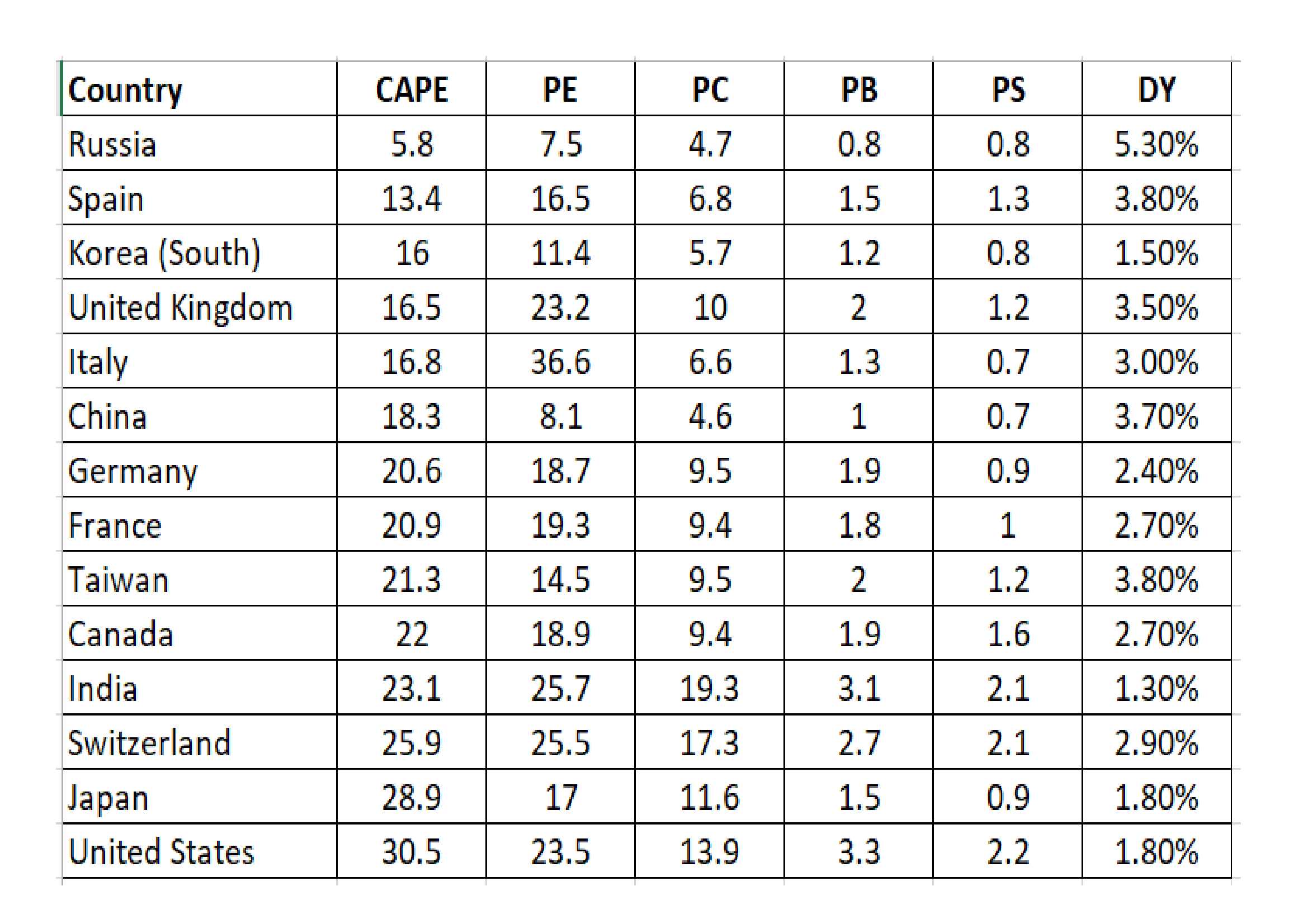By Benn Steil and Benjamin Della Rocca in Foreign Affairs (https://www.foreignaffairs.com/articles/east-asia/2020-04-27/chinese-debt-could-cause-emerging-markets-implode)
The novel coronavirus has brought the world economy to a grinding halt. Global growth is set to fall from 2.9 percent last year into deep negative territory in 2020—the only year besides 2009 that this has happened since World War II. Recovery will likely be slow and painful. Government restrictions to prevent the virus from resurging will inhibit production and consumption, as will defaults, bankruptcies, and staffing cuts that have already produced record jobless claims in the United States.
But not all countries will bear the pain of the global recession equally. Low-income countries suffer from poor health infrastructure, which inhibits their ability to fight off the coronavirus, and many of them had dangerously high debt levels even before the pandemic necessitated massive emergency spending. Foreign investors are now withdrawing capital from emerging markets and returning it to the rich world in search of a safe haven. As a result, countries such as South Africa, Kenya, and Nigeria are seeing their currencies plummet in value—making it difficult, if not impossible, for them to service foreign loans.
Faced with the threat of financial ruin, poor countries have turned to multilateral financial institutions such as the International Monetary Fund and World Bank. The IMF has already released emergency funds to at least 39 countries, and by the end of March more than 40 more had approached it for help. The World Bank has fast-tracked $14 billion for crisis relief efforts. Yet even as they offer extraordinary amounts of aid, the IMF and World Bank know that these sums won’t be nearly enough. For that reason, they called on Group of 20 creditor nations to suspend collecting interest payments on loans they have made to low-income countries. On April 15, the G-20 obliged: all of its members agreed to suspend these repayment obligations through the end of the year—all members except one, that is.
China signed on to the G-20 pledge but added caveats that make a mockery of it. China is effectively excluding hundreds of large loans extended through its Belt and Road Initiative (BRI) for infrastructure development. “Preferential loans,” such as those made by the Export-Import Bank of China (EximBank), “are not applicable for debt relief,” declared the Beijing mouthpiece Global Times the day following the G-20 announcement. EximBank has financed over 1,800 BRI projects in dozens of countries. By continuing to demand interest payments on the loans, China will force poor nations to choose between servicing debts and importing essential goods such as food and medical supplies.
PREFERENTIAL OR PREDATORY?
Based on information we have gathered from a wide range of sources, we estimate that between 2013 and 2017, China loaned out more than $120 billion to 67 mostly developing nations through the BRI. Exact figures are impossible to come by because of the opacity of these lending agreements. But the growth in lending that China reported for 2018 and 2019 suggests that these countries’ BRI debts today total at least $135 billion.
China has provided nearly half of all new loans to nations considered to be at a high risk of default.
Numbers like these place China in the top tier of international lenders. As of 2017, Pakistan, for example, had borrowed at least $21 billion from China, or 7 percent of its GDP. South Africa had borrowed about $14 billion, or 4 percent of its GDP. Both countries, like many others, owe far more to China than to the World Bank. Other countries owe even more to China as a percentage of GDP. We estimate that by 2017, Djibouti’s debts to China totaled 80 percent of GDP; Ethiopia’s amounted to almost 20 percent of GDP. And Kyrgyzstan, one of the first countries to receive the IMF’s coronavirus funds, owed China more than 40 percent of its GDP. Since 2013, China has provided nearly half of all new loans to nations considered to be at a high risk of default.
China charges substantial interest on its loans. Although Beijing calls its rates “preferential,” some BRI projects, particularly large ones, carry interest rates more than three percentage points above Chinese banks’ own cost of capital—or roughly four to six percent. World Bank dollar loans to low-income countries, by contrast, typically have rates just above one percent. And given that China itself is one of the World Bank’s largest borrowers, with $16 billion in loans outstanding, the country is effectively borrowing cheap from the developed world and relending, through the BRI, at a significant markup.
AN IMPOSSIBLE CHOICE
China’s low-income borrowers rely on dollars, euros, and other major foreign currencies to pay for imports and to service debts. But many lack sufficient reserves to cover both. Zambia, a BRI client that has borrowed over $6 billion from China, has enough reserves to cover only two-thirds of the foreign payments it needs to make over the coming year. Imports and debt service over the next year are set to wipe out South Africa’s total reserves. Should these countries default on their sovereign debt, which looks increasingly likely, they would be locked out of international credit markets and unable to run the budget and trade deficits needed to curb the pandemic.
If the developing world can’t service its debts, the global health and economic crisis will only worsen.
These countries are not the only ones that will suffer, however. Even if defaults begin in just a few countries, they will spread widely as investors flock to U.S. Treasuries, German Bunds, gold, and other traditional safe havens. As of early April, foreign investors had already withdrawn more than $96 billion from across emerging markets—a rate of outflow well above that which greeted the last financial crisis. As a result, South Africa’s rand and Brazil’s real have each plummeted 25 percent so far this year. Additional capital outflows will push these currencies down further, sending costs for essential imports soaring. Food prices are already spiking across Africa. The United Nations projects that the continent will need to spend an additional $10.6 billion on health care this year to address the pandemic, with foreign medical supplies and pharmaceuticals accounting for much of that. Further capital flight thus means greater malnutrition, faster disease transmission, and more migration.
In short, if the developing world can’t service its debts, the global health and economic crisis will only worsen. China, where the pandemic began, has certainly taken an economic hit. But with more than $3 trillion in foreign currency reserves and a currency that has held steady throughout the crisis, it is far better positioned to weather the storm than most of its borrowers. Those borrowers, with currencies plummeting, capital fleeing, and dire medical costs looming, are in no position to make BRI repayments to China.
Although commentators have long likened the BRI to a Marshall Plan for developing nations, the two initiatives could not be more different in approach. The scale of the financing may be comparable (U.S. Marshall aid was worth about $145 billion in current dollars), but the similarities end there. Marshall aid was all grants, whereas BRI funding is nearly all debt. That debt is now smothering developing nations as they struggle to emerge from a devastating pandemic. Rather than adding to their woes, China should do its part to help lift these nations out of crisis. It can start by declaring a complete moratorium on BRI debt repayment until at least the middle of 2021.


